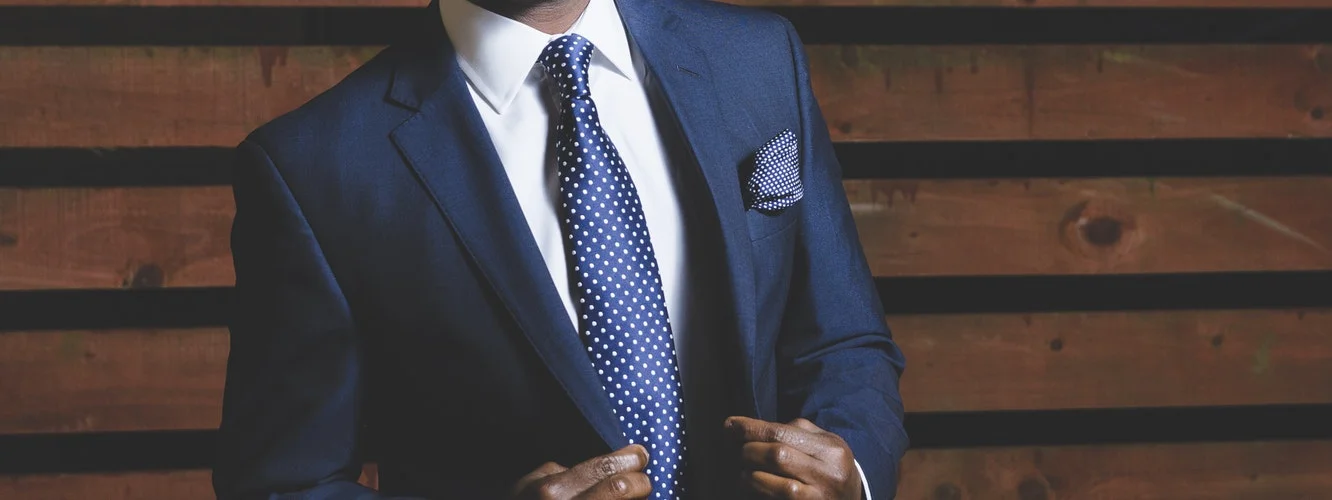Debunking the Mystery: What Your Party’s Dress Code Really Means
So that you don’t head out the door and into the party looking like a goofball
By: Jessi Minneci
Parties: we all love attending them, planning them, and even hosting them. But if you’re like us, whether you’re the party host or attendee, you’re often scratching your head over one particular question: what does the dress code mean?!
Black tie… black tie optional (what the heck?!?!)… semi-formal… business casual… smart casual… our heads are spinning just thinking about a few of the options!! And sadly, no matter how many functions we attend, we still can’t wrap our heads around what “dressy casual” is. (By the way, whoever coined dressy casual should be fired – those are two TOTALLY opposing terms.)
Picking the right outfit when it comes to attending a party should be fun, not stressful! And because it’s already hard enough to shop for the perfect ensemble when you do understand the dress code, we decided to lend you a hand by laying out some of the most common dress codes:
Dress code: Casual
We’ll start off by going easy on you. Casual, which may also be labeled as ‘informal,’ essentially means that almost anything goes (jeans, a blouse, sundress, boat shoes, etc.). Notice, though, that we accentuated almost. That means that, even if it’s a backyard barbeque at your cousin Steve’s pad, no one necessarily wants to see you show up in nothing but your speedo. At least wear a cover up, man. There are some things that should be left to the imagination – or, at the very least until you’re actually going into the pool.
Dress code: Business casual
Most corporate buildings, office parties, and other corporate functions have a dress code that calls for business casual. However, this is very oxymoronic in the sense that it mixes the terms business and causal, AND it’s confusing in the sense that the actual attire can vary from event to event and industry to industry.
Generally, though, for women this means pants and a blazer, a pencil skirt and fun blouse, or a sundress. Guys can wear slacks or chinos and a collared shirt. When it comes to business casual, skip the jeans and sneakers… the code may say casual, but it’s more formal than that.
Dress code: Smart casual
This is the little devil that may also be called “dressy casual.” The general consensus is that you should aim for dressed-up versions of casual looks. For women, that might mean a peasant skirt or blazer and skinny jeans. For men, a nice pair of trousers—or very nice jeans—with a polo or button-up shirt. For women, the same thing, but a nice knee-length skirt is acceptable as well.
We suggest leaving the flip flops, sneakers, old jeans, and basketball shorts/daisy dukes home for this coded event.
Dress code: Business formal
Heading out to a business luncheon or some other corporate affair? You may notice that the invitation reads ‘business formal.’ To play things on the safe side, this dress code means a suit and tie for the guys and a tailored dress or a pantsuit for women.
What’s the major different between business casual and business formal? When it comes to the latter, the idea is to wear something business appropriate that also feels more dressed-up.
Dress code: Festive
OK, you can now let out a sigh of relief. This dress code is exactly what it sounds like, and is especially popular around the holidays or some other theme-worthy function. Don’t break out the Santa hat or ugly sweater just yet, though. Unless specific dress code directions are given (i.e. ugly sweater party), opt for cocktail-style attire with a fun twist—such as a sequin dress, satin top, or printed tie.
Dress code: Cocktail
Since we mentioned cocktail attire above, let’s dive right into it. Cocktail attire means you should be well dressed (no shorts, sandals, or t-shirts), but there is usually some wiggle room for personality.
Regardless, both men and women should aim for dressy pieces and darker colors. Men should wear suits (with or without a tie), dress pants with dress shirts, or even a nice pair of jeans with a sport coat or jacket.
For women, this is the perfect opportunity to pull out that LBD (little black dress) or any other short dresses that are party-ready.
Dress code: Semi-formal
This one’s a bit tricky, because it’s actually less formal than “black tie optional,” but more formal than anything previously mentioned.
When it comes down to it, men should at least wear a darker colored business suit and tie. Women can go with a cocktail dress or a pant suit. No matter the gender, dress shoes are expected.
Basically, the main difference between “black tie optional” and “semi-formal” dress code is that this one isn’t sorta-kinda asking you to wear a tuxedo or evening gown. (We agree. We’d get lost if it weren’t for this guide, too.)
Dress code: Black tie optional
We’re just going to cut to the chase here:
Men: option of tuxedo or a dark suit and a tie
Women: wear anything from a long, formal gown to a cocktail number
Think of it like this: You aren’t necessarily expected to look as if you’re en route the Grammys, but you want to show up looking like you are ready to attend J-Lo’s Grammy after party…
Dress code: Black tie
This time, you are going to the Grammys. And men, you can breathe a sigh of relief knowing that your options are cut and clear with this dress code – wear a tux.
A black tie dress code is a little more complicated for women, who can technically wear anything from a long dress to dressy separates to a formal cocktail dress. The best way to figure out what to wear is to dress according to what you expect the host to wear.
Dress code: White tie
We’ll admit, this dress code even intimidates us a bit! I mean, did you even remember that there’s a dress code above black tie (because, OK, it almost slipped our minds…)?!?!
White tie is more or less the platinum of dress codes. As it goes, men should wear a white bow tie, black coat with tails, and a white pique vest over a formal shirt.
Women should wear long, formal evening gowns, and gloves when enjoying cocktails and dancing (then removed during dinner). If you get an invitation that says “white tie attire only,” prepare to break out your most dapper of numbers.
Because it is already challenging to pick out the perfect (and appropriate) ensemble for a party, function, or formal gathering, we hope this guide takes some of the pressure off of you. When in doubt, reach out to the organizer of the event, or discreetly contact the venue for guidance, if you have the means to do so. Remember, a party calls for celebration – not anxiety over the right pair of shoes.

